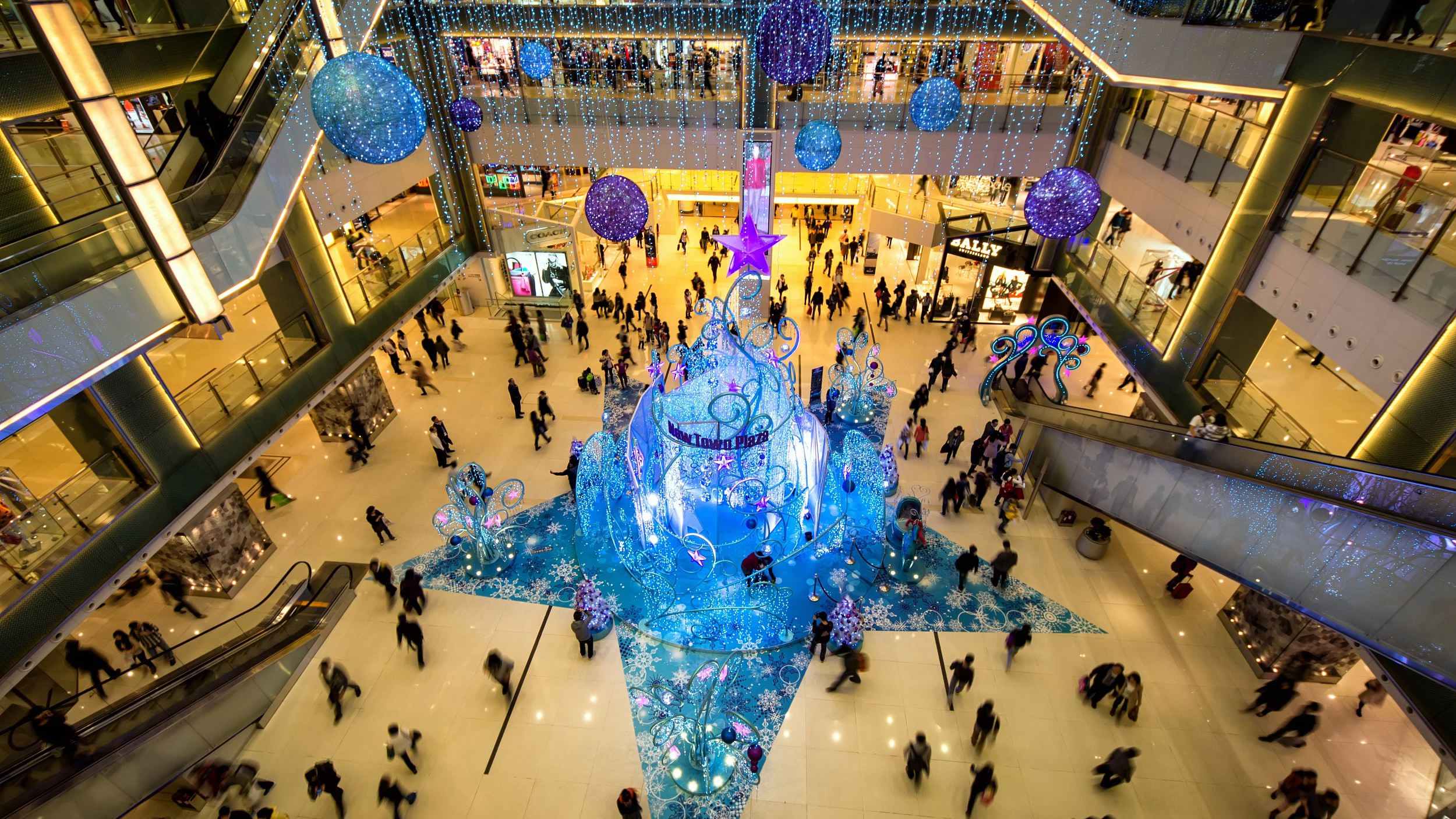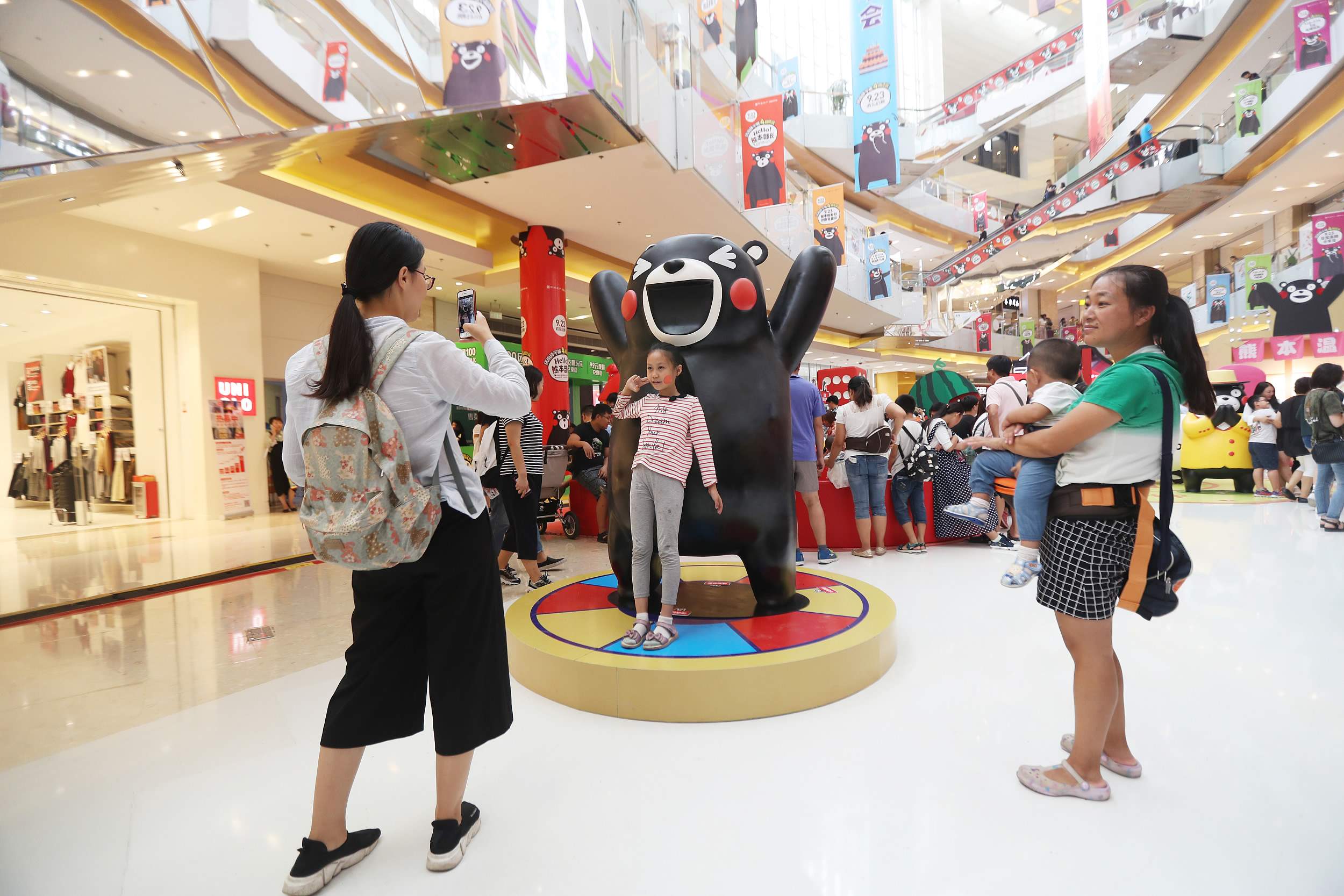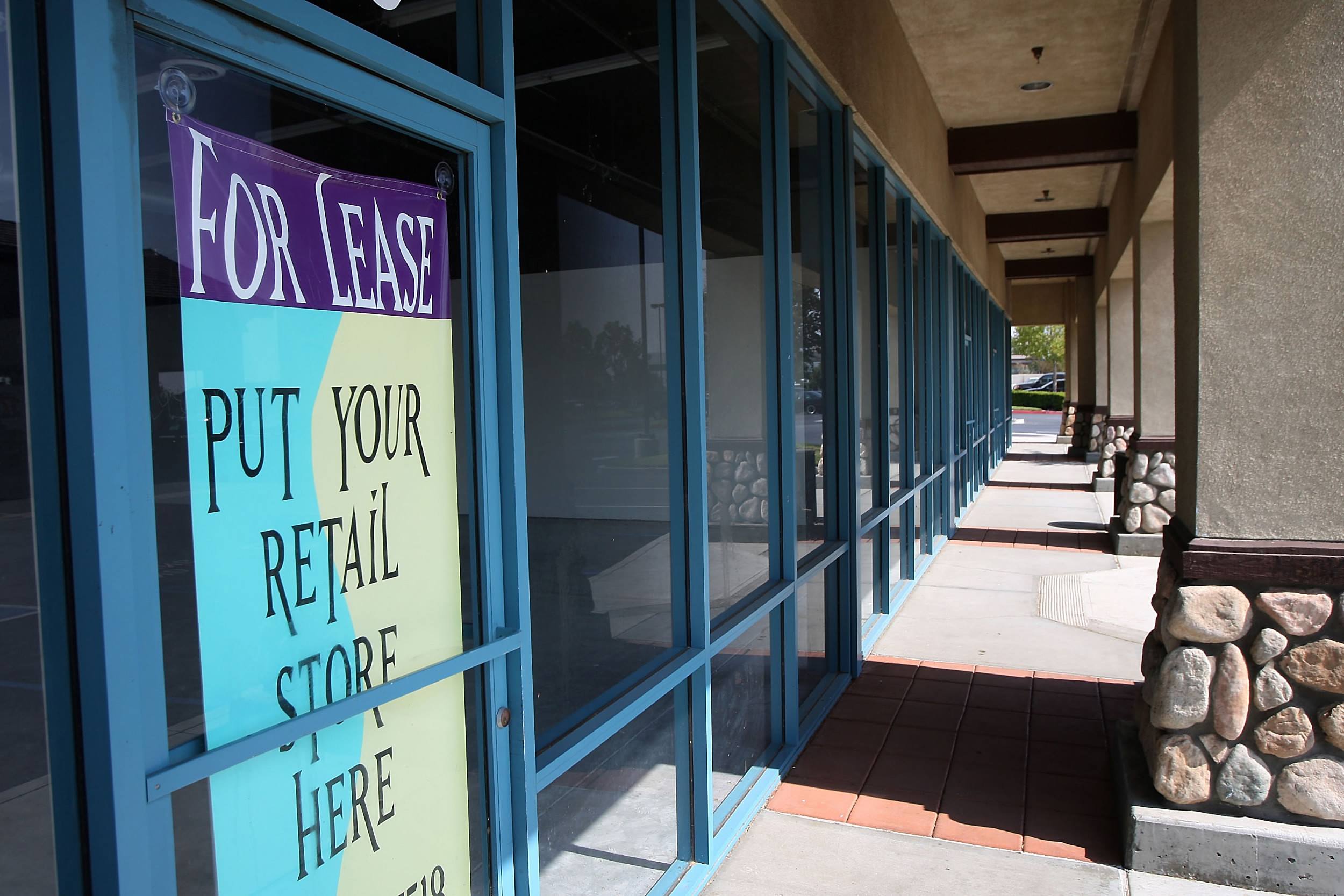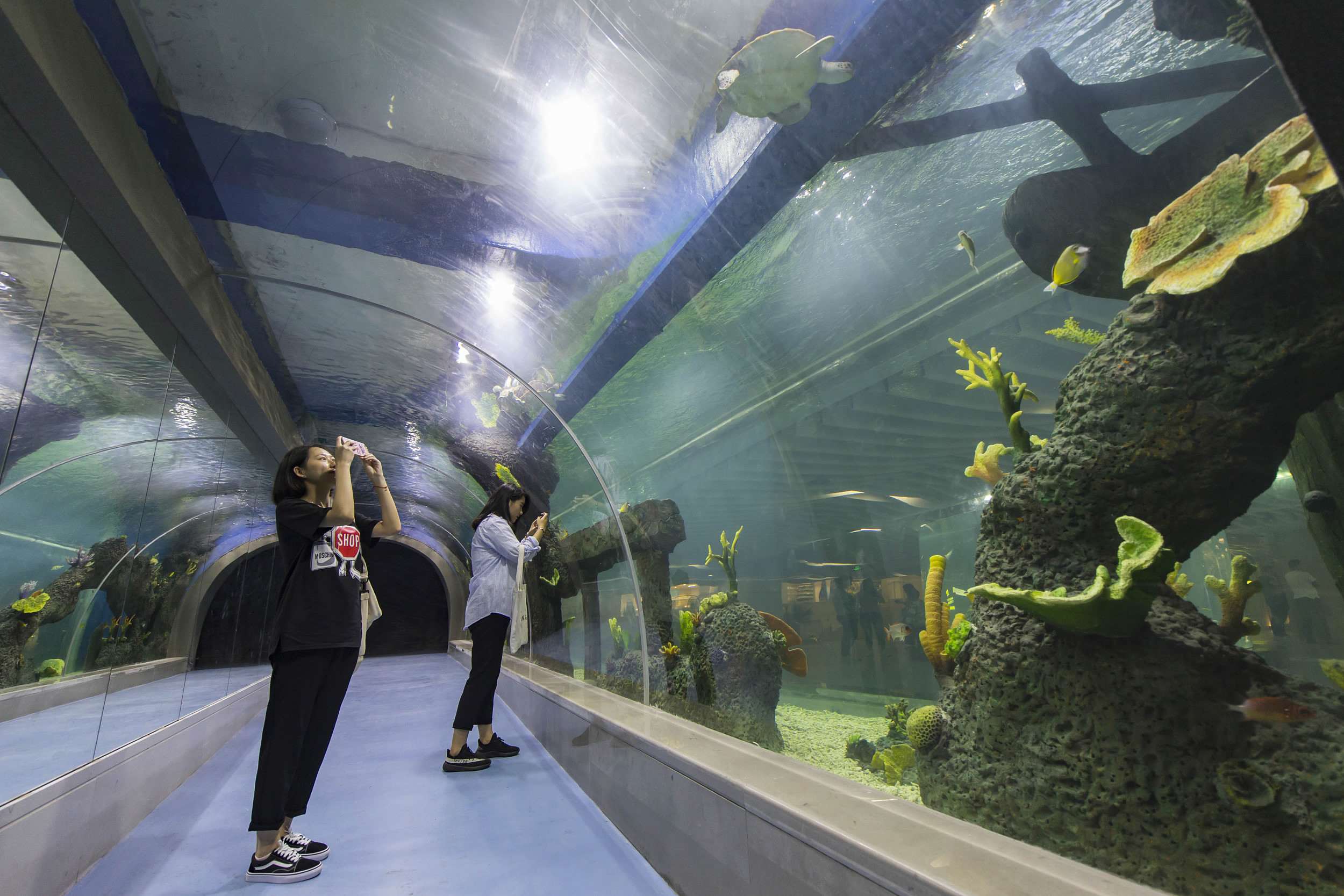
Business
16:10, 26-Sep-2017
Chinese mall expansion continues despite e-commerce boom
by Nicholas Moore

With burgeoning e-commerce cutting into traditional retail revenues around the world, Chinese shopping malls are bucking that trend by expanding rapidly. But with malls on the decline in the US and other Western countries, how has the Chinese shopping bubble expanded and could it suddenly burst?
In 1990, The China World Shopping Arcade was unveiled in Beijing, as one of the first malls in China to sell branded products. Nearly three decades later, the arcade has expanded into the China World Mall, covering 100,000 square meters of floor space for 300 high-end businesses to sell their wares to China’s booming middle class.
Dr Homi Kharas, director of the Global Economy and Development Program at the Brookings Institution, has stated that China’s middle class (defined as having an annual household income of between 16,000 and 160,000 US dollars) will hit 850 million people (73 percent of the population) by 2030. Such an increase would represent a big challenge to businesses to come up with products and services to cater to the demands of this group.
The e-commerce boom has been one direct result of this burgeoning consumer class – technology giant Alibaba saw profits of 14 billion yuan (2.12 billion US dollars) in the second quarter of 2017. One other outcome has been the rapid growth of the shopping mall.
E-commerce, malls benefit from booming middle class
2016 saw Chinese cities make up seven of the top 10 biggest markets for shopping center completions, according to an annual report by CBRE. The study also found 60 percent of all under-construction shopping malls were in China, with some 19.7 square kilometers in the process of being built – that’s the equivalent floor space of more than 131 Forbidden Cities.

A mall in Jinan, east China's Shandong Province. /VCG Photo
A mall in Jinan, east China's Shandong Province. /VCG Photo
Joy City Property, one of the most prominent Chinese mall brands, with seven shopping centers in first- and second-tier cities, recorded impressive statistics in June this year, with revenue up 72.5 percent and net profits jumping by 193 percent year on year, thanks to double-digit growth in rental income and sales.
Owned by state-owned giant COFCO, Joy City is planning further expansion in the next few years, as it looks to have 20 malls in operation by 2020, up from seven.
With shopping mall construction set to continue expansion in China, the traditional mall is in decline elsewhere, especially in the US. The Wall Street Journal reports that of 1,200 large malls (with a size of more than 74,000 square meters) currently operating, less than half are expected to still be open in 2023.
In the US, e-commerce has had a significant effect on malls, with Amazon’s revenues hitting 80 billion US dollars in 2016, up from 16 billion in 2010. For mall giant JC Penney, gross income has dropped 1.73 percent this year, with sales down 0.6 percent year on year.

An empty strip mall in Florida, the US. /VCG Photo
An empty strip mall in Florida, the US. /VCG Photo
But online shopping is not the only factor behind the great mall decline. The US built a glut of shopping centers in the 1970s and 80s – according to a study by Cowen and Company, the US has more than five times more leasable mall floor space per capita than the UK. That shopping mall boom ended decades ago, meaning existing US malls are struggling to adapt to modern shopping trends.
Need for experiences beyond shopping
E-commerce may provide shoppers with an unlimited choice of products, price comparison services and easy delivery and return policies, but it can’t provide the dining and entertainment experiences that modern Chinese malls are offering consumers.
Joy City now allocates 30 percent of its leasable space to entertainment providers, with CEO Zhou Zheng identifying the 18-35 generation as its target audience. At the end of 2015, a Joy City mall unveiled China’s first rooftop Ferris wheel in a bid to increase revenues and attract greater footfall.

This "underwater world" is underneath a mall in Nanjing, east China's Jiangsu Province. More and more Chinese malls are looking to offer customers experiences beyond shopping. /VCG Photo
This "underwater world" is underneath a mall in Nanjing, east China's Jiangsu Province. More and more Chinese malls are looking to offer customers experiences beyond shopping. /VCG Photo
Other malls across China have also moved quickly to offer consumers experiences beyond shopping, by leasing space to cinemas, art exhibitions and community events, and giving street level store fronts to cafes and restaurants rather than big brands.
US mall decline 'a warning sign'
However, the decline in malls in the US should act as a warning sign for China’s rapid expansion. The Chinese Academy of Social Sciences reported in 2016 that as much as a third of current shopping malls may be forced to close within the next five years, citing their oversupply and failure to diversify the range of services on offer to consumers.
The next generation of shopping malls may incorporate a unique mixture of e-commerce and leisure experiences, and again China is likely to set an innovative example for the rest of the world.
Alibaba announced earlier this month plans to open its first physical store in the city of Hangzhou. The five-story “More Mall” will be an important experiment for Alibaba’s “new retail” concept, and is set to develop on ideas such as unmanned convenience stores and big data to revolutionize the way we shop.

SITEMAP
Copyright © 2018 CGTN. Beijing ICP prepared NO.16065310-3
Copyright © 2018 CGTN. Beijing ICP prepared NO.16065310-3